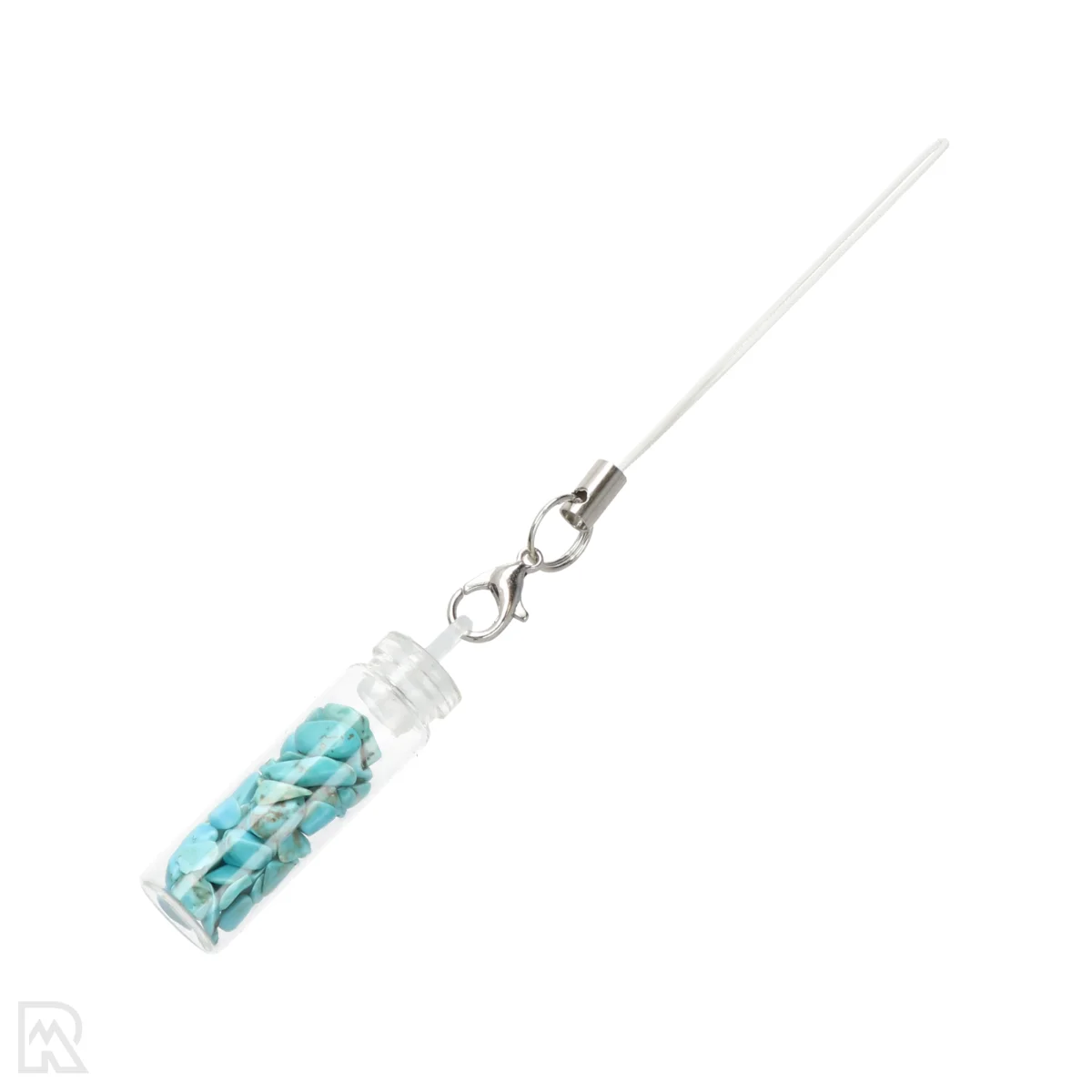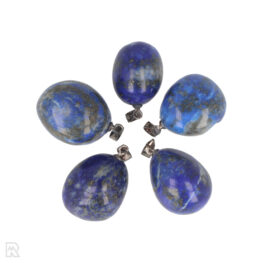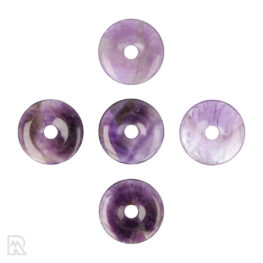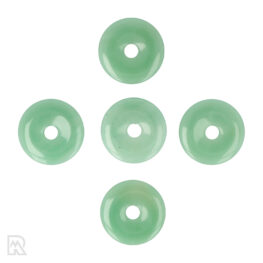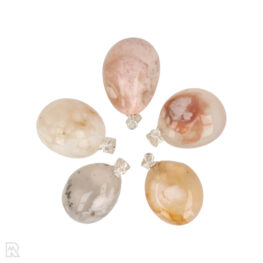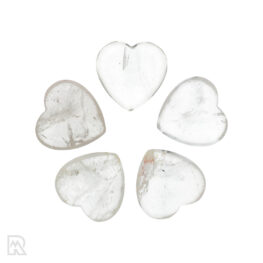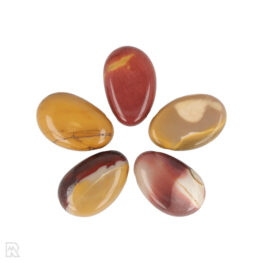| Gewicht | 0,05 kg (50 gr) |
|---|---|
| Dimensions | 1,1 × 1,1 × 3,5 cm |
| Sales Unit | |
| Type | |
| Form | |
| Origin | |
| SKU | 5857 |
Turquoise Lucky Bottle
Turquoise Lucky Bottle from China
Turquoise
Turquoise is an opaque, blue to blue-green phosphate mineral that has been valued as a gemstone for thousands of years. The colour results from the presence of copper, while iron sometimes causes a greener hue. Turquoise often occurs with dark matrix lines of surrounding rock, giving it a distinctive appearance. The stone was named after the Turkish trade routes through which it was introduced to Europe.
Major deposits of turquoise are Iran, the United States (especially Arizona and Nevada), China and Egypt. The mineral forms in dry, desert areas as a secondary mineral in the oxidation zones of copper deposits. Its chemical formula is CuAl₆(PO₄)₄(OH)₈-4H₂O. Turquoise has a hardness of 5 to 6 on the Mohs scale.
Sources:
Mindat.org, Gemdat.org, Wikipedia - Turquoise
Selenite
Selenite is a clear to translucent variety of the mineral gypsum (CaSO₄-2H₂O). It is known for its glassy to pearly luster and often fibrous structure. A common form is selenite, which has a silky luster and occurs in long, fibrous crystals. Despite its name, selenite has nothing to do with the element selenium; the name is derived from the Greek word for moon, because of its soft luster.
Selenite forms in sedimentary environments during the evaporation of seawater and is found in countries such as Mexico, Morocco, the US and Australia. It is a soft mineral with a hardness of 2 on the Mohs scale, making it easy to work by hand. Almost all selenite sold on the Dutch market is satin spar; however, selenite is a market-accepted sales name.
Sources:
Mindat.org, Gemdat.org, Wikipedia - Selenite
